The South Pacific Ocean: Another battleground for China-US competition?
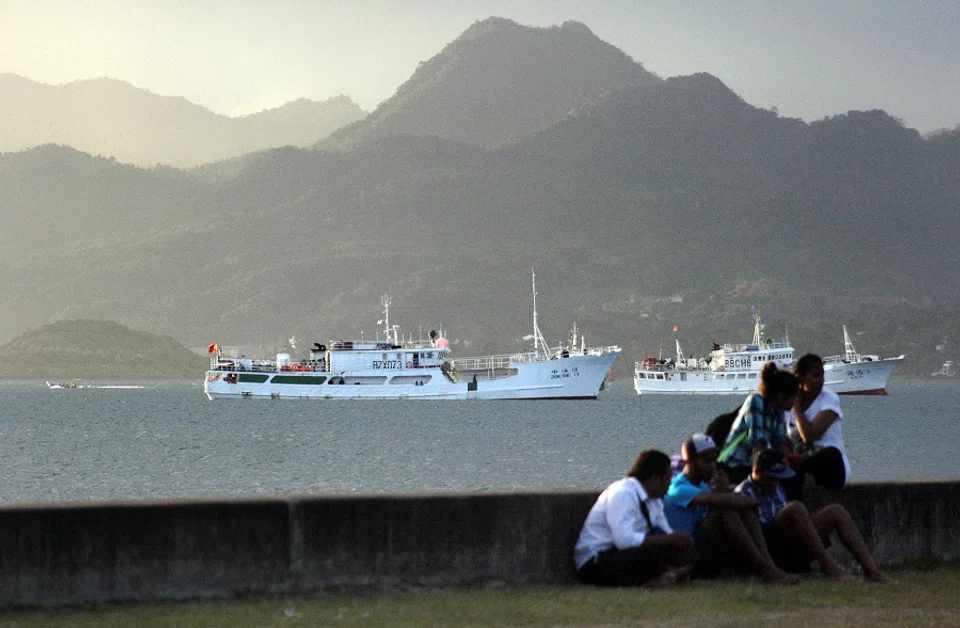
In February, US Secretary of State Antony Blinken visited Fiji, a major power in the South Pacific, marking the first such visit in four decades. Analysts see Blinken's visit as being motivated by a desire for the US to strengthen its presence in the region to match the growing influence of China.
Interestingly, during the period of Blinken's visit, a fleet of Chinese naval vessels was sailing into Tonga to deliver tsunami relief supplies.
With China's growing interest and presence in the South Pacific Ocean, and signs that the US is unveiling new strategies to better engage with the South Pacific nations, will the South Pacific Ocean become a major strategic battleground along the lines of the South China Sea, or will enough common interests facilitate cooperation?
A Taiwan duel in the South Pacific
The South Pacific Ocean, covering a major part of the southern hemisphere, is known for its pristine beaches, geographic and cultural diversity, and unique development challenges.
Over the last two decades, China has been steadily building its influence in the South Pacific region through high-level diplomatic engagement, bilateral economic partnerships and infrastructure projects under the Belt and Road Initiative (BRI). Given the rapidly shifting geopolitical landscape and seascape of the South Pacific, the US sees the region posing several strategic challenges to itself and its allies. Analysts note that the creation of alternative regional institutions as well as China's increasing investments in and strategic focus on the region have been seen as moves that diminish the influence of traditional partners such as the US, New Zealand and Australia.
China-Taiwan "dollar diplomacy"... has been a declining factor since the late 2000s.
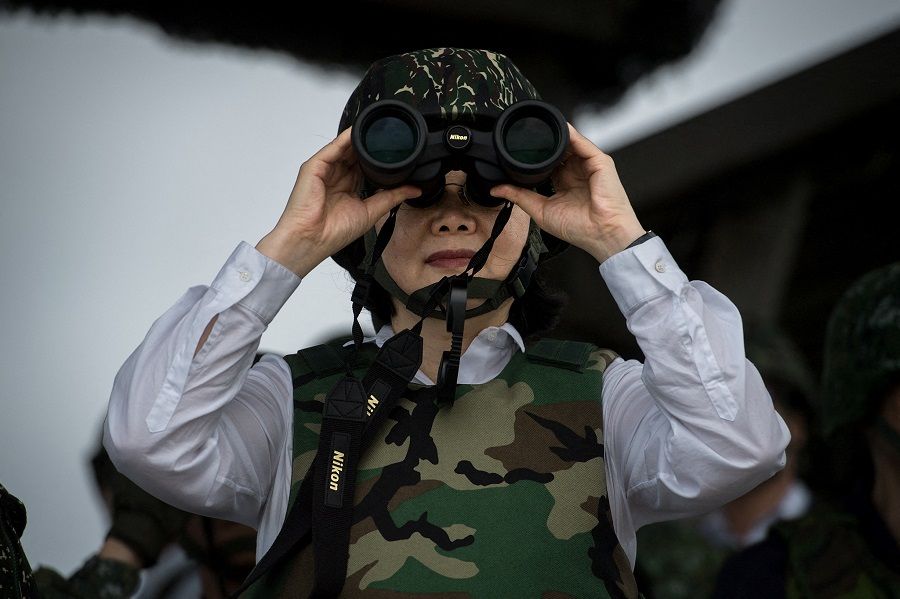
Both the US and China are increasing their presence and influence in the South Pacific region through the use of soft power tools such as public diplomacy, state diplomacy, military diplomacy, foreign assistance, global trade and investment, and sovereign wealth funds. However, some factors stand out in the intensifying geopolitical rivalry which can be a double-edged sword for the island nations, especially when they are pressured to take sides.
One of the main clashes of interest between the US and China in the South Pacific Ocean involves the recognition of Taiwan as a state. China-Taiwan "dollar diplomacy", in which the two entities compete for official diplomatic recognition through offers of foreign aid, has been a declining factor since the late 2000s.
In May 2017, following the Fiji prime minister's trip to Beijing, Fiji closed its representative office in Taiwan, which was opened in 1997. In November 2017, after Taiwanese President Tsai Ing-wen's visit to the region, China reportedly banned tour groups to Palau in an attempt to pressure Palau to abandon Taiwan. In February 2018, the Papua New Guinea government downgraded its unofficial relationship with Taiwan under pressure from Beijing. Most recently, in September 2019, the Solomon Islands switched its diplomatic recognition from Taipei to Beijing. The then US Vice-President Mike Pence reportedly declined to meet with the leader of the Solomon Islands to discuss development partnerships after the latter cut ties with Taiwan in favour of China.
Security and economic concerns about China
There were fears in 2018 that a Chinese-built wharf on Santo Island, Vanuatu could be converted into a "dual use" facility for use by the PLA Navy and lead to China seizing strategic property and becoming a more direct military threat. China's bid to lease the Tulagi island from the Solomon Islands was rejected by the country's attorney general in 2019. Before the lease was rejected, it drew concern from Australia and the US that access to Tulagi will provide Beijing with a base for commercial or military activity. As noted by a Brookings Institution article, a Chinese military base as little as 2,000 kilometres from Australia's eastern coast would force a wedge between Australia and its traditional strategic ally, the US.
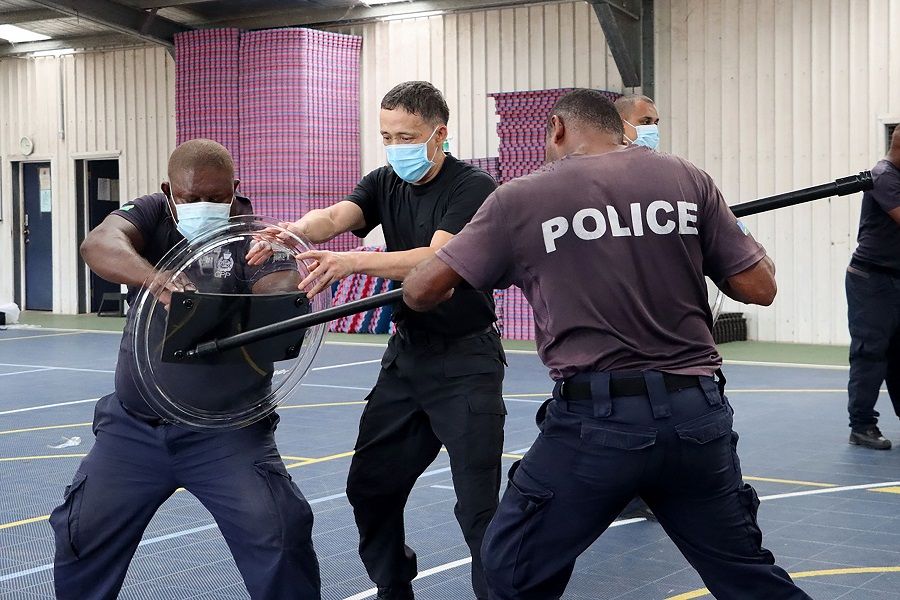
Solomon Islands announced on 20 April that it has signed a security agreement with China. The announcement follows the leak of a draft of the agreement last month, renewing fears that China would be granted a base of operations between the US and Australia that could be used to block shipping traffic across the South Pacific.
Both China and the Solomon Islands have strongly denied the new pact will lead to the establishment of a Chinese military base. The White House's top Asia officials, including National Security Council Indo-Pacific coordinator Kurt Campbell, are reportedly travelling to the Solomon Islands this week to underscore Washington's alarm over the security pact. Australia recently sent its Pacific minister, Zed Seselja, to the Solomon Islands to urge Prime Minister Manasseh Sogavare not to sign the security pact.
Another clash of interest is within the economic realm. Although viewed as a lower risk compared with that of security concerns, the likelihood of its occurrence is considered greater. As noted in the above-mentioned Brookings Institution article, the US, Australia, and other partners in the region are growing increasingly concerned about the possibility that China and Chinese businesses, largely through elite capture of foreign aid and corruption, could cause the erosion of institutions of governance which Western donors spend considerable money trying to support.
Pacific island nations are turning to the China-led Asia Infrastructure Investment Bank (AIIB) to plug funding gaps in their pandemic-ravaged budgets after exhausting financing options from traditional Western partners. In addition to the trade of goods and services, China also seeks what it described as "policy support" from the Pacific Island countries. The definition of such "policy support" is vague and could potentially lead to a wider implication of expanding China's influence over the Pacific Island countries under the context of the US-China strategic competition.
Increasing people-to-people exchanges between China and the South Pacific countries have been of concern for the US. Chinese tourism has become an increasingly important source of income for the Pacific Island countries. Increasing Chinese immigrants to the South Pacific countries, particularly Australia, has raised concerns of China getting involved in these countries' domestic politics through building economic linkage with domestic pro-China forces.
... there are still various fields that see a convergence of interests between China and the US. Climate change is one of the most pressing political, economic and environmental issues of the times.
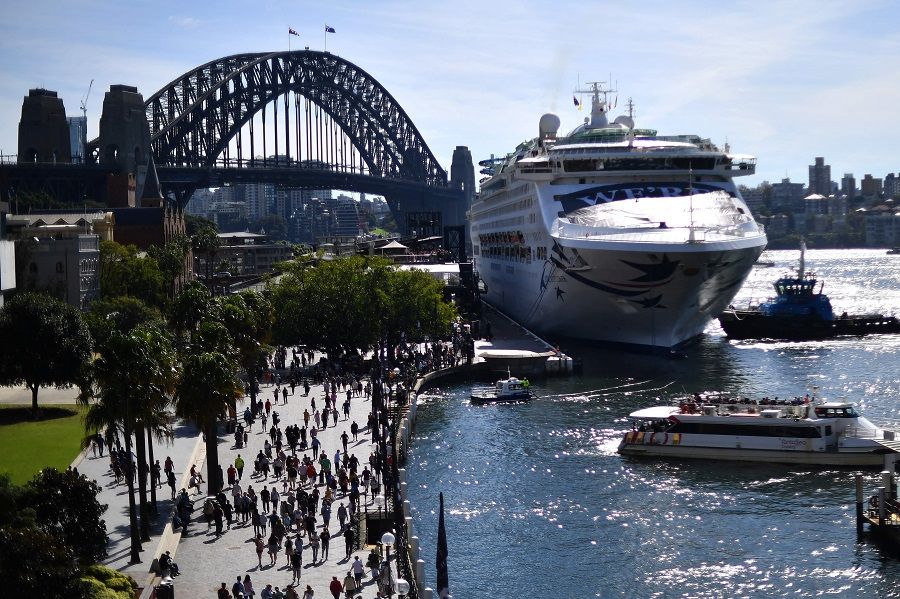
Researcher Chen Zinan notes in China-US Focus that the US is hedging against China's so-called vaccine diplomacy by increasing personnel and funding in the countries concerned through agencies such as the US Agency for International Development (USAID). President Biden has also pledged to donate vaccines to countries in the region with no strings attached.
Chen further notes that on the maritime front, the US hopes to explore the use of joint coast guard patrols and joint law enforcement to guide law enforcement activities such as dispersal, hot pursuit and the boarding and inspection of China's oceangoing fishing vessels in South Pacific waters. Chen further adds that with China in mind, the chief of the US Indo-Pacific Command has proposed to the US Congress the establishment of a precision strike combat network capable of withstanding enemy attacks in the first island chain of the western Pacific, the deployment of radar systems in Palau and the setting up of joint training bases in various locations.
Opportunities in climate change and regional development
Despite competition driven by a divergence of interest in the South Pacific, there are still various fields that see a convergence of interests between China and the US. Climate change is one of the most pressing political, economic and environmental issues of the times. The Pacific Island nations are particularly susceptible to the effects of climate change due to rising sea levels and declining fish stocks.
The actions of both the US and China, as the world's two largest carbon emitters, will thus have the greatest impact on this region. Both the US and China stand to lose economically should the effects of climate change worsen in this region. Experts from both the US and China have spoken much more enthusiastically about the potential for the two to cooperate on this issue.
There are some concerns in this region about being caught in the middle of a bad tug of war.
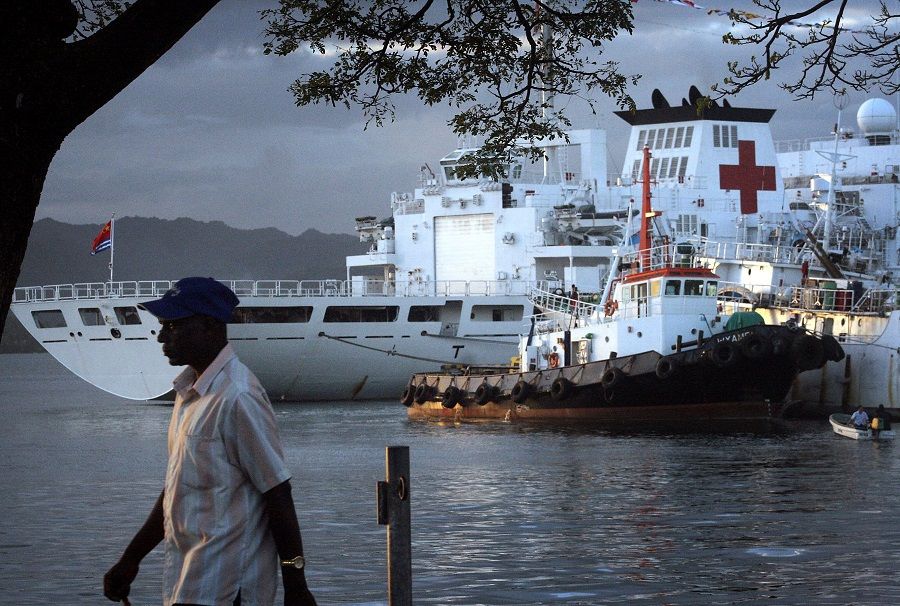
Regional development is also an area in which the US and China can find common ground. The South Pacific countries, especially the Pacific Island developing countries, have rich natural maritime and forest resources but a lack of funds and technology to further develop them. Both China and the US are committed to promoting their cooperation with South Pacific countries to enhance their bilateral trade and the development of infrastructure and scientific research in the region.
Disaster relief could be another area of cooperation between the US and China. The Pacific Island countries are particularly vulnerable to maritime disasters such as tsunamis and typhoons. As substantial aid providers to the region, China and the US are committed to assisting these countries with capacity-building in disaster relief. Moreover, the two countries have conducted joint maritime search and rescue drills and could possibly look into targeted efforts for the region.
The South Pacific Ocean is emerging as an arena of US-China strategic competition while the activities of the two countries in some areas suggests that the model of cooperation could benefit the regional states. That said, it is hard to foresee whether competition or cooperation will drive the future development of the South Pacific or whether the two phenomena may coexist.
It will be determined not only by policies taken by the two states themselves and their respective engagements with both external stakeholders and regional states. It will also be critical to understand how the regional states view the US and China and how they respond to US-China competition.
There are some concerns in this region about being caught in the middle of a bad tug of war. As some Pacific observers argue, a more equitable and durable partnership should be centred on the needs and interests of the people of South Pacific states. This is something that the US and China should bear in mind in further articulating their South Pacific policies.
Related: Will China-Solomon Islands security cooperation bring new tensions to the South Pacific? | China-Solomon Islands security pact: Alarm bells ringing for Australia and New Zealand? | Power struggles and Chinese influence in the Pacific island region | With AUKUS in place, now what for key players in the Indo-Pacific?
